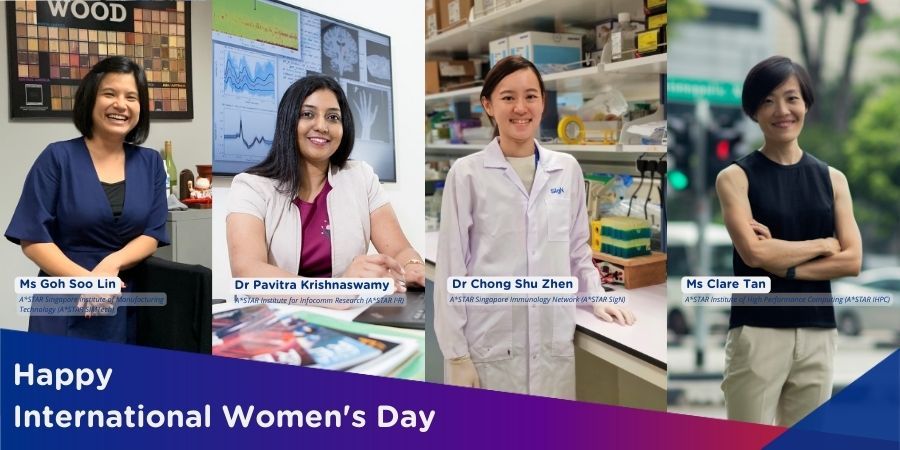Q.InC’s Strategic Research Pillars
Quantum physics studies the properties of matter and light on a subatomic level, where the rules of classical physics no longer apply. As a result of quantum research, we can now construct machines out of individual atoms, and use single photons of light to gather and transmit information. These technologies enable us to manipulate the world with extraordinary precision. At Q.InC, we are harnessing quantum science to build new technologies that can transform the way we live.
Aiming to becoming a global quantum powerhouse, Singapore announced an additional $295 million investment in its national quantum strategy in June 2024, bringing total investments to around $700 million since 2002.
From improved healthcare to smarter cities and stronger defence, quantum technology has the potential to make profound impact in our daily lives. Quantum computers could simulate molecular interactions of unprecedented size and complexity, paving the way for new medicines and industrial processes. Quantum sensors could detect signals currently inaccessible with classical technology, allowing us to discover new underground resources, peer inside the human body for non-invasive diagnostics, and national security threats such as small drones.
Q.InC is structured into three strategic research pillars, each focused on enabling a different aspect of this quantum future:
A*STAR celebrates International Women's Day

From groundbreaking discoveries to cutting-edge research, our researchers are empowering the next generation of female science, technology, engineering and mathematics (STEM) leaders.
Get inspired by our #WomeninSTEM
63ef786049124833a1ff4c499fa447ff.png?sfvrsn=66fd30ac_3)


